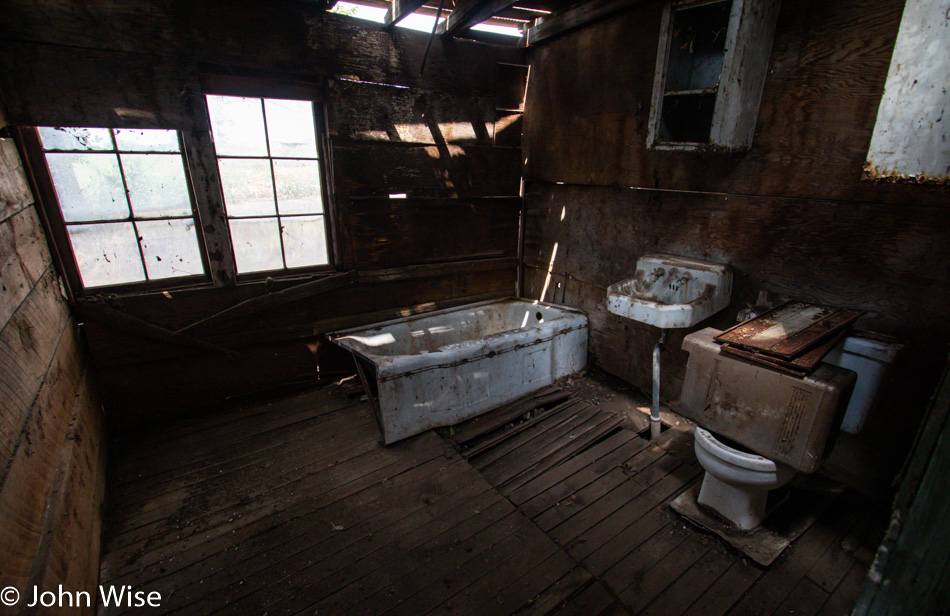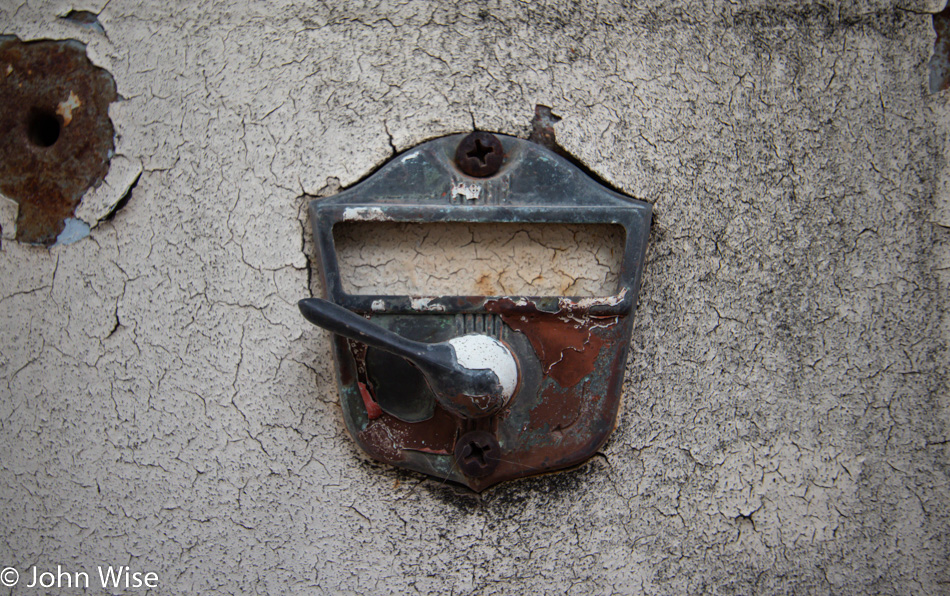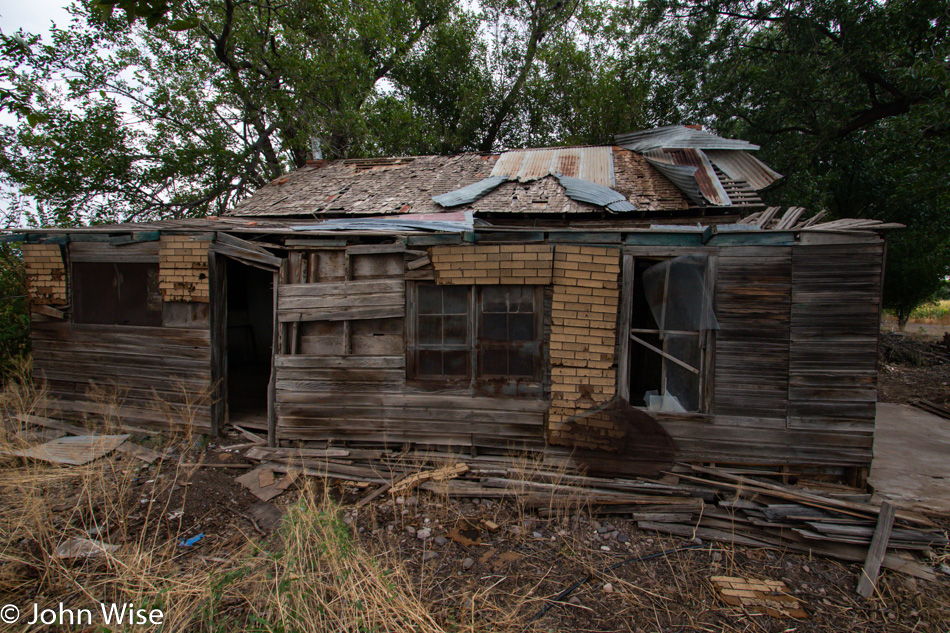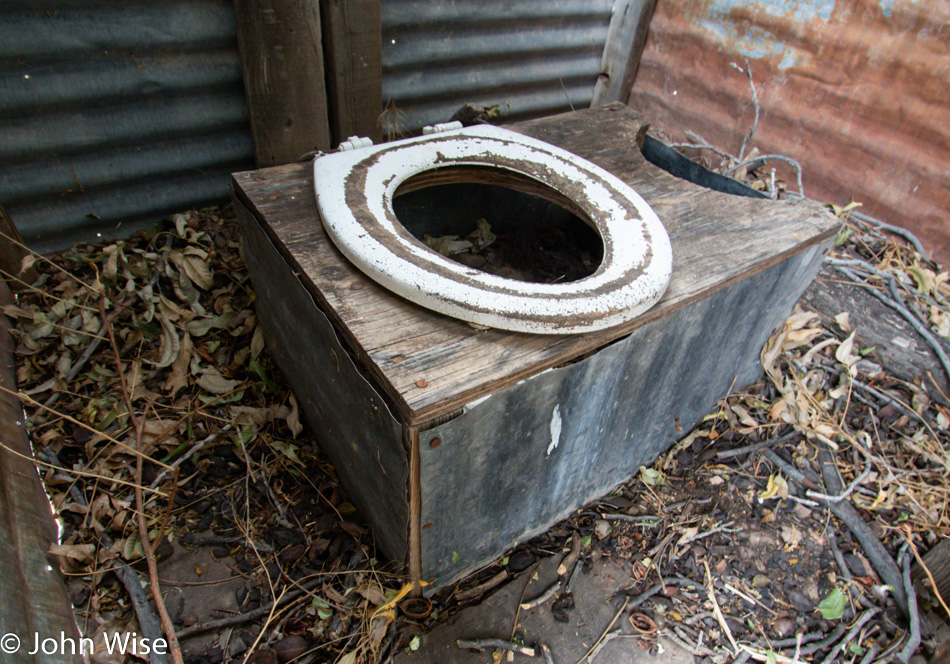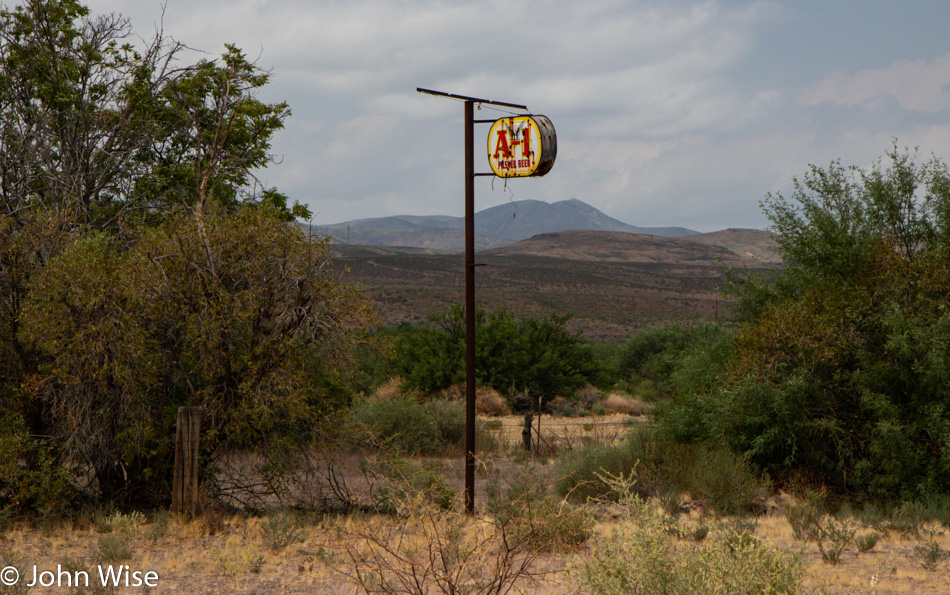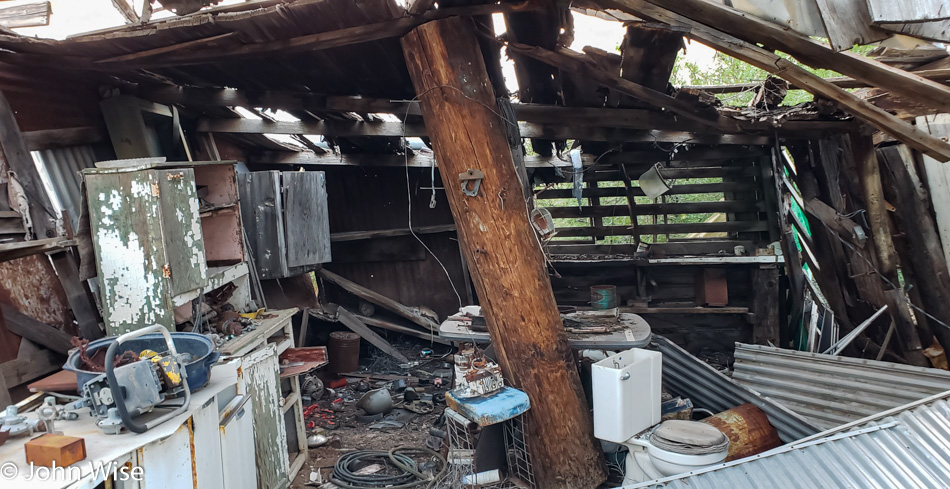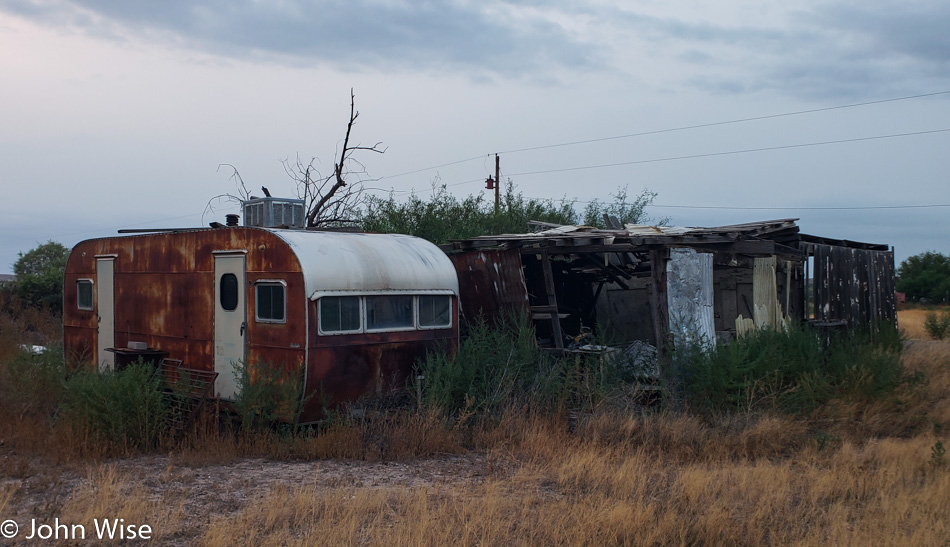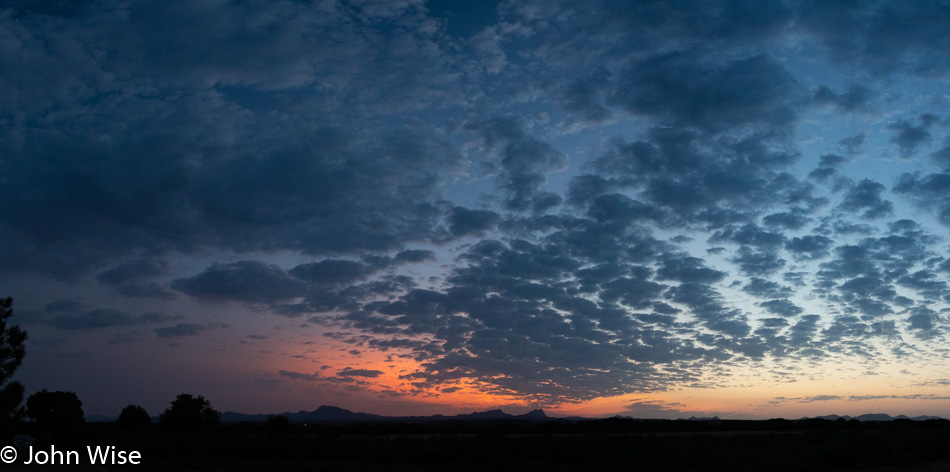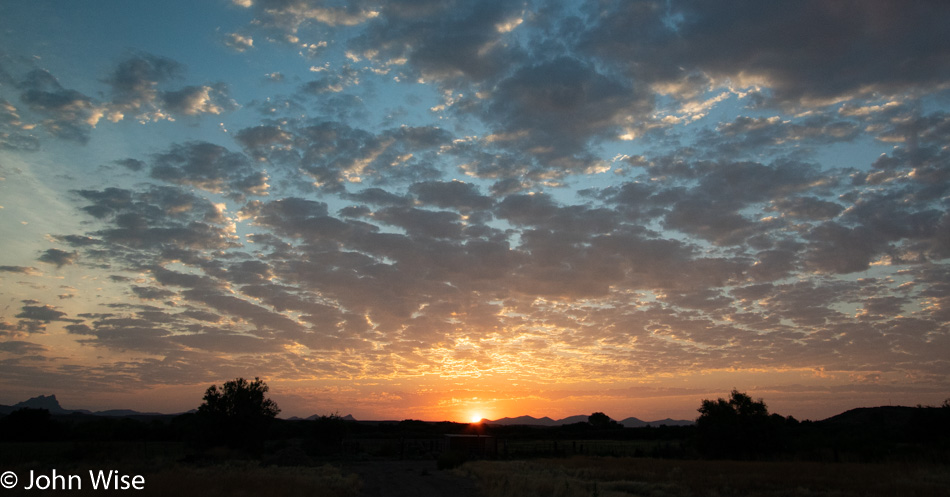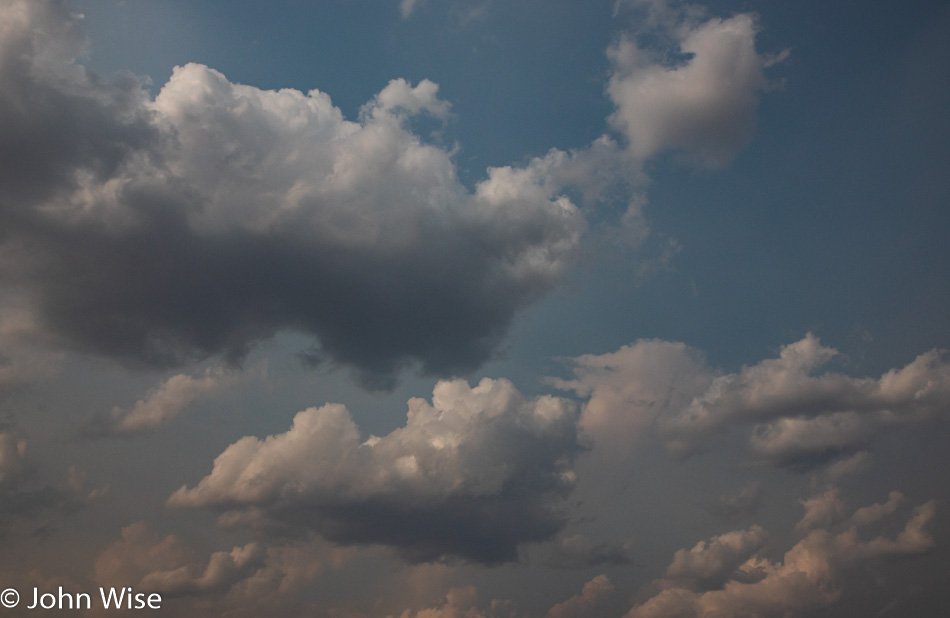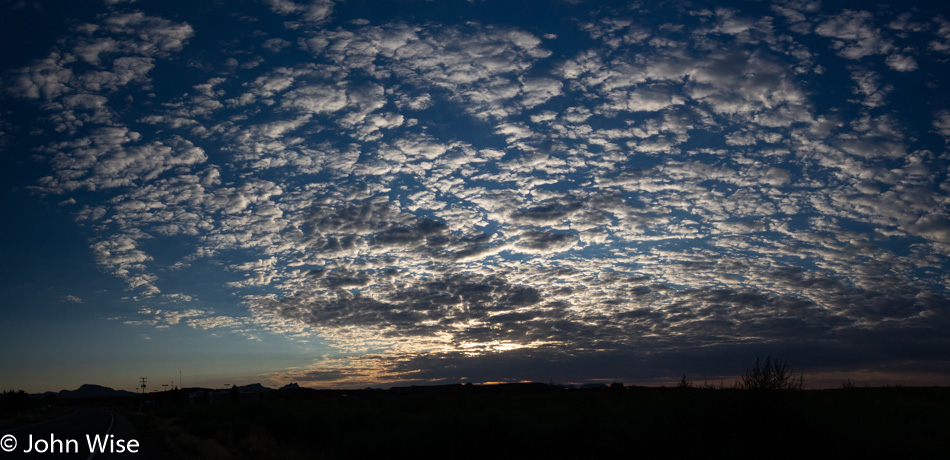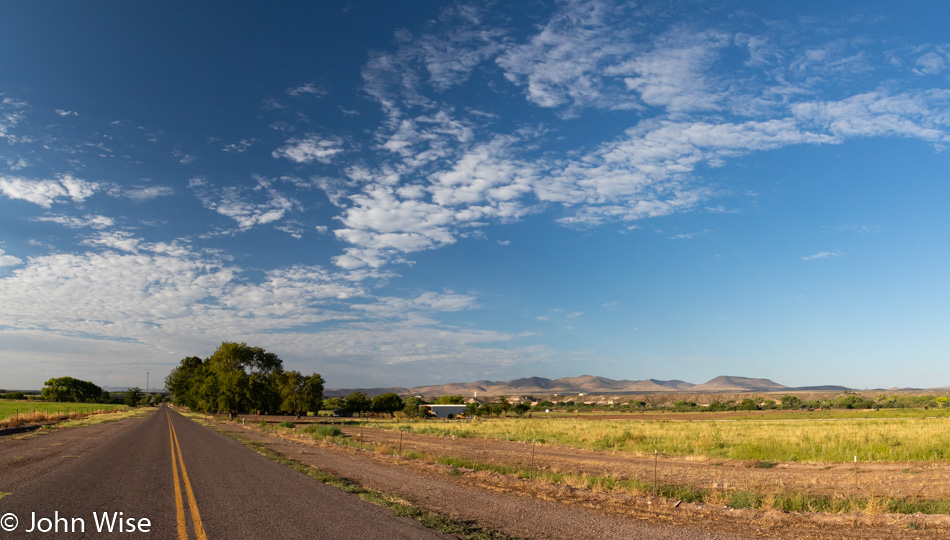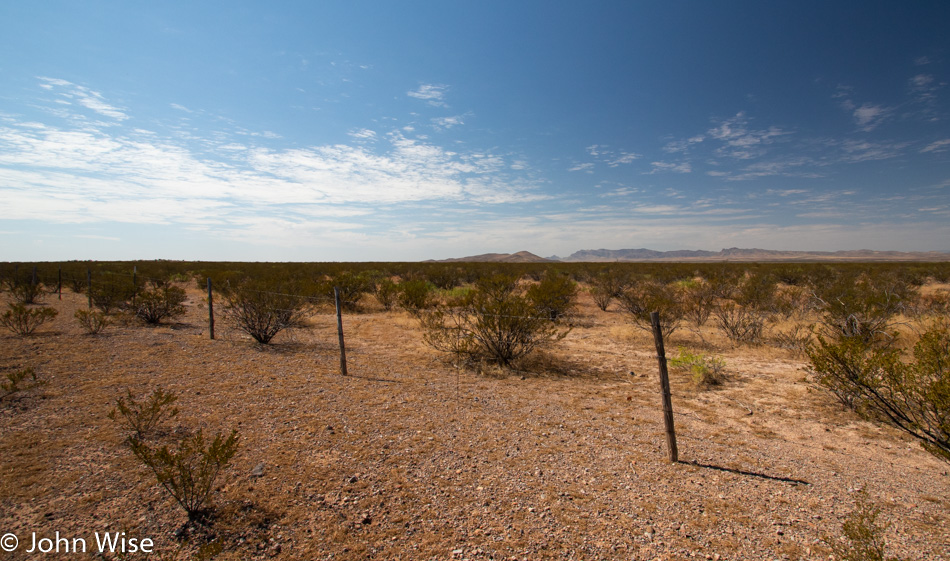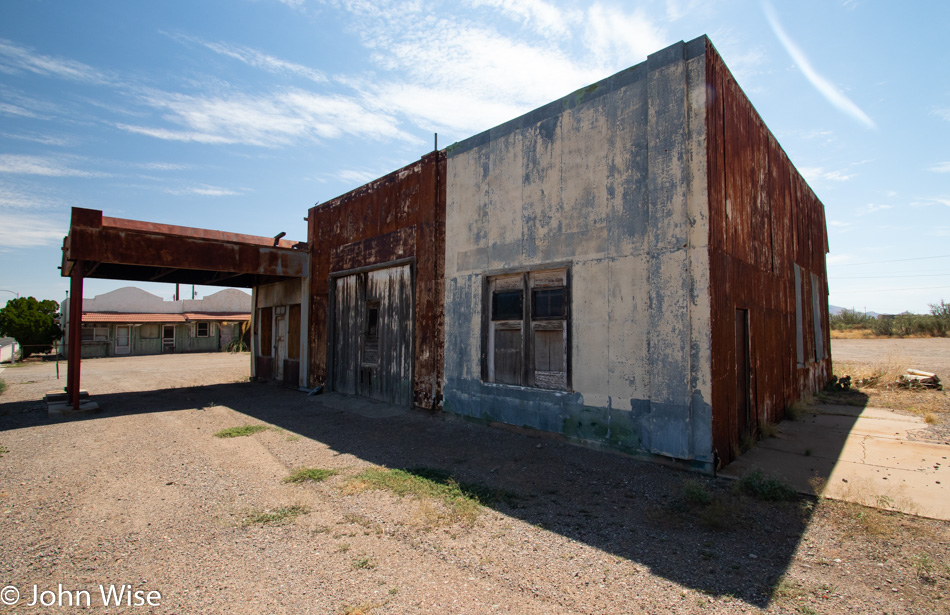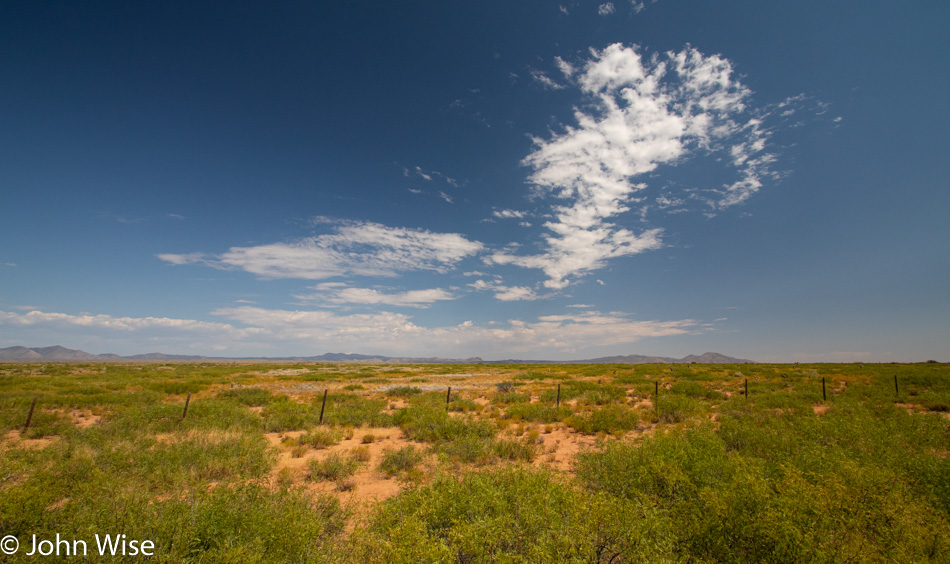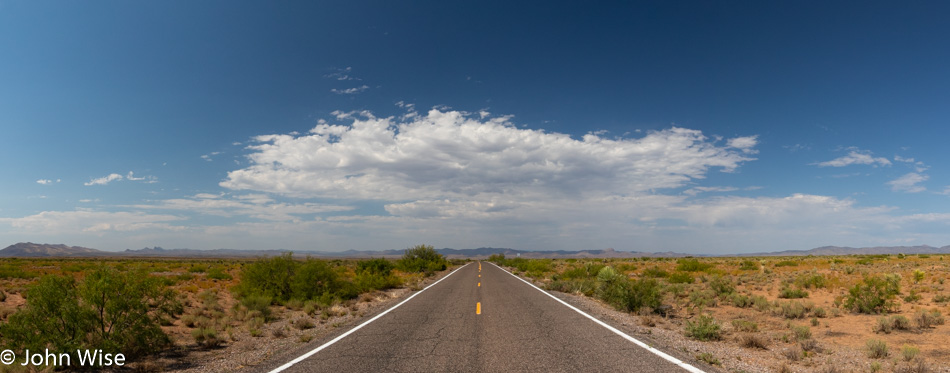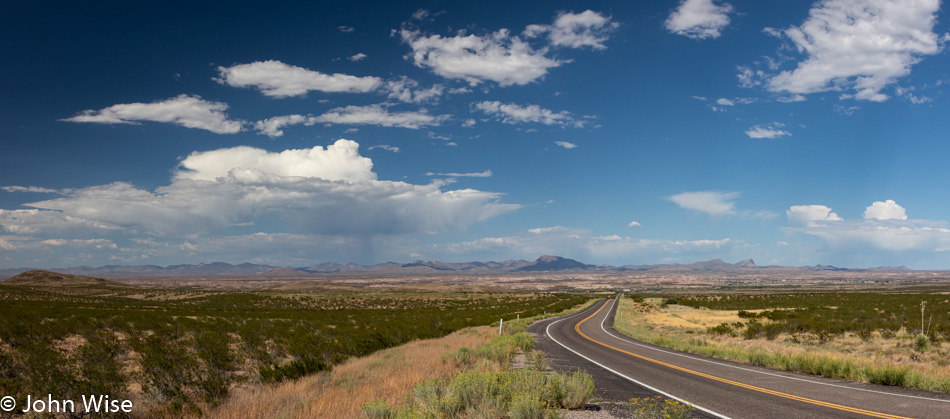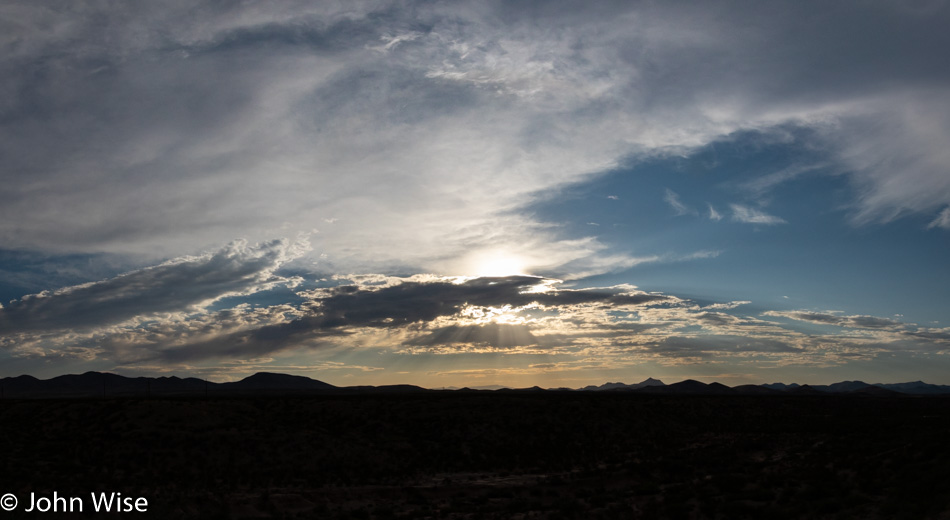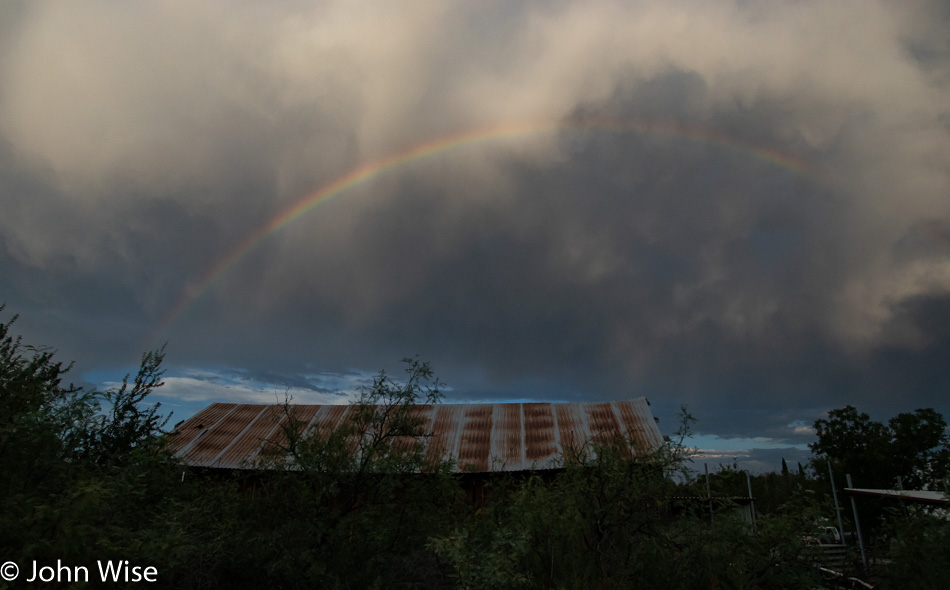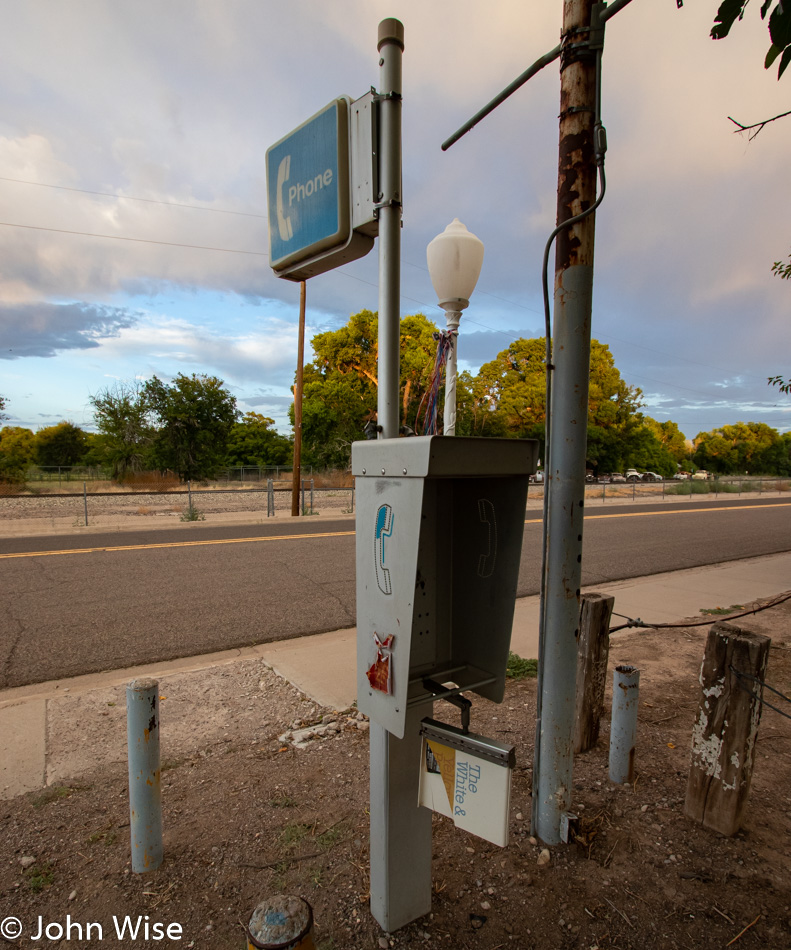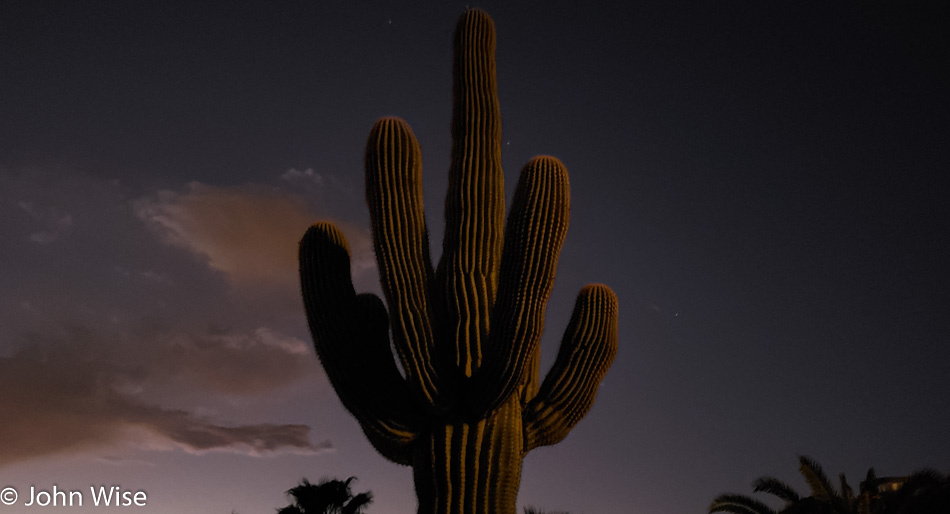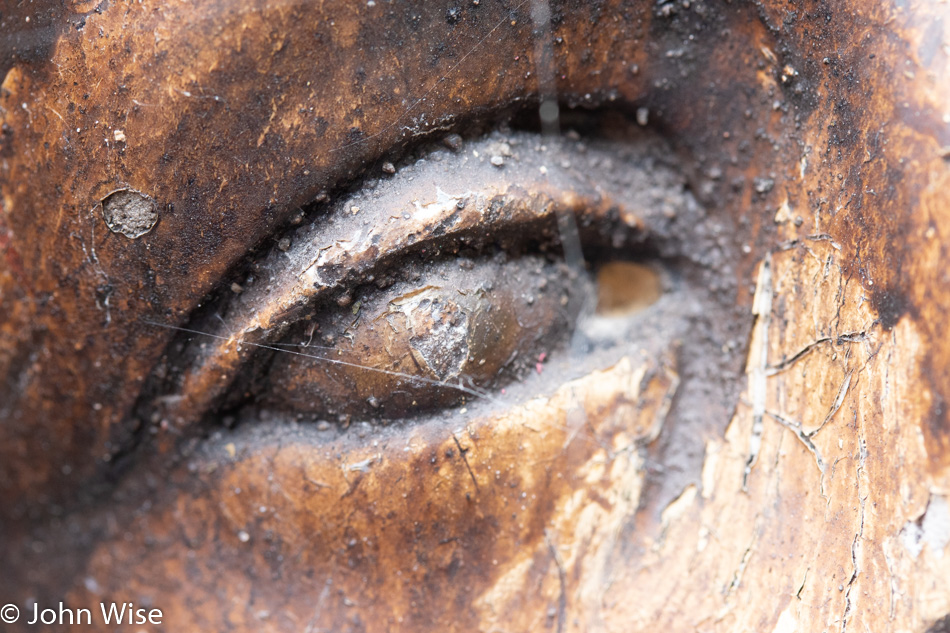
I come to you out of the mountains. I walk across the desert and arrive at the note of the piano. From out of your history, I’ve tried to find what you cannot comprehend, what you refuse to seek. I’ve seen the beauty your eyes deny you. The waters that flow through those of us who live, are frozen in you. Distilled from the chaos of existence is a peace that, even after lifetimes of searching, may never be found, but I have captured glimpses of the exquisite, and while all are not of the beauty you might expect, such is the nature of existence.
Who I am is of no consequence to you as you don’t want or need to know me, but you will have to acquaint yourself because the story that will be told is essential for you to continue to walk into life.
Some will encounter the bearers of knowledge, the mountains of intellect where depths of wisdom stretch to the bottom of the sea, and yet all that is worthy of knowing floats on a feather and is lighter than the wing of the butterfly. You see, the complex is within everything, but the secret is that none of that matters as long as the order of things is what it should be. Here is the inherent problem as you read this: you do not understand your place among the possibilities. You require a guide. I may be that, but I may also be other things.

Who emerges from within? We were born into our skin, and that external person is the reflection of those who brought us into life, but the internal version is or can be an evolving cascade of dynamics most will never see or have the opportunity to glimpse. A minute, an hour, a day, a year, nor a lifetime may be adequate to know even one’s self. How unfortunate for those who’ll never experience the tiniest fractions of their or anyone else’s internal universe.
Why are you not your own Paris, Roman Empire, Disneyland, Grand Canyon, or Einstein? Napoleon was shaped by experience and his perception of how he desired to interpret history. He manifested his place in history because he could. You must ask yourself, do you bring anything forward in the endeavor to define who you are, or do you allow the antics of the petty found in media and gossip to be the sole shapers of who you will be?
Begin to realize that nothing of an immense nature is the catalyst for change. Though wars, storms, floods, and various other catastrophes can radically alter lives, it is the tiny unseen bits that are the real agents of change. As the pen hits the paper and the first drops of ink spill onto its surface, only your mind has an idea of what direction the hand will take as a letter or image begins to take shape. Should a speck of ink grow on the page to become a letter, will the solitary character emerge as a part of a word that begins the sentence that alters the course of history?

Back in 1938, Germany annexed the Sudentenland in the Czech Republic – nobody in the West batted an eye. By August of the following year, Hitler and Stalin signed a mutual non-aggression pact, but somewhere along the timeline, with pen in hand, Hitler might have written, “Soon, we invade Poland.” This is the power of language, the sign, the symbol, and messaging. Maybe this is also why many of us are ill-equipped when it comes to the mastery of skills regarding communication and our ability to think and reflect. We affect change when we commit to sharing our inner dialog in a manner that others can respond to when we are not physically present.
The key to being effective in a conveyance is allowing your expression to remain after you have gone elsewhere. From the song to the canvas, from architecture to books, it is when we can allow ourselves to benefit from that which has been shared that we’ll reap the greatest reward. Conversely, when we are vulnerable due to fear, we are most at risk of others using the signs, symbols, language, song, and facilities to marshal our dark instincts to inflict damage upon those we perceive to threaten us.
Maybe one goal we could explore is to find some understanding of what moves us between fear and tranquility. Does the megalomaniac arise out of difficult times to exploit our sense of vulnerability, followed by the compassionate and reasonable to soothe our frayed senses? What, then signifies the conditions we allow ourselves to be exploited? Is the grievance between ideologies adequate for some of our lives to be sacrificed for the machinations of the king acting out his inner turmoil?

History suggests that we accept this as witnessing the drama of the other person’s unfolding story as a surrogate experience for those not equipped to discover and express themselves.
Our willful acceptance of intellectual mediocrity bordering on the stupid is a recipe for our nearly blind obedience to a system that benefits the few by harnessing the greatest number of dumb mules.
I understand that the majority cannot see their own subservience due in large part to inflated self-worth due to their allegiance to country, flag, cross, and various other ideologies they earn praise for from those they aspire to be like. But this ride into exploiting a meek ego by a ruthless ruling class is no accident; it is an accepted and long-conditioned situation that maintains a status quo that is quite comfortable for those steeped in its luxury.
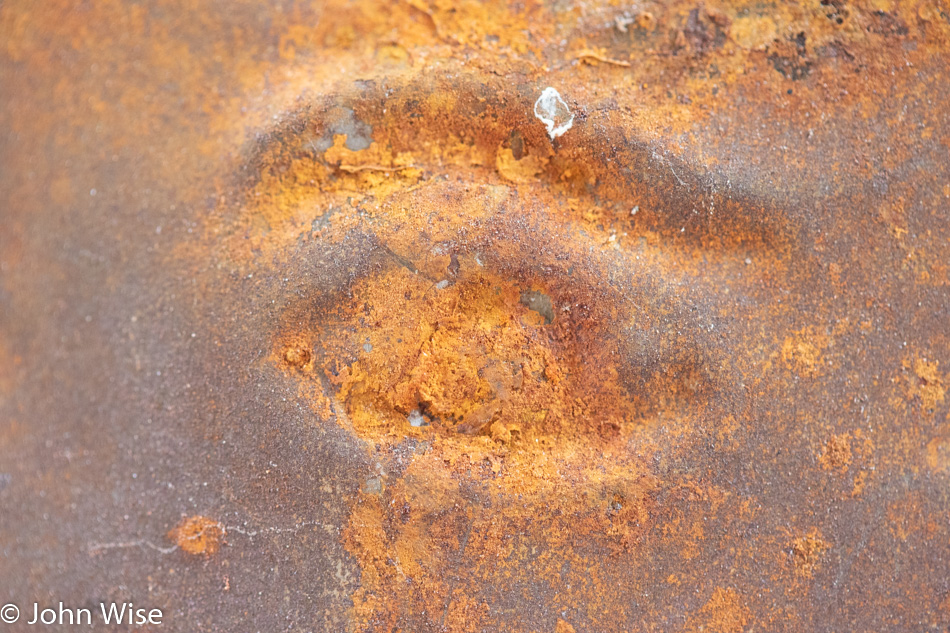
A solitary note from an instrument is not the embodiment of a musical narrative. The succession of notes with the accompaniment of other voices is where the magic of the song takes shape. The symphony of the self should be constructed with similar consideration. To accept ourselves as a shrill, out-of-tune string instrument is an affront to our potential to produce beautiful melodies.
Is a solitary leaf a tree? We intuitively understand that life is made of ensembles; the dog is not its tail, and we are not monosyllabic utterances of the troglodyte. So what turn is necessary for us to wake from the slumber of a lethargic existence resigned to living on the margin of something human only in name?
Like a watch showing us the seconds ticking by, we need a constant reminder asking us if we are truly doing the best we can instead of repeating a hollow and meaningless mantra of fake success in a feeble attempt to reassure ourselves and those who offer sympathetic ears that we are doing the best we can when deep down we know that’s not the truth. Few really try their best, and we intuitively know it, but if we admit it, we ourselves might need to strive harder instead of constantly rewarding ourselves with indulgences. We need a personal reformation where the individual breaks with these indulgences just as the church attempted to do 500 years ago. When you stop to think about it, not much has changed in these many hundreds of years, or at least that’s what my eyes believe they see.
Put your intentions into writing. Just take hold of a pen and a sheet of paper and see where your hand and mind take you. Write a letter to yourself of your expectations and where you think you’ll be intellectually in 10, 15, or 25 years from now. Then, ask yourself, are you walking into a vibrant life or crawling away from the ugly shadow of a person you barely know? If you never awaken to clean away the cobwebs from your mind and vision, you, too, will be nothing more than a decaying wooden figure forgotten to history. It’s time for humanity to leave the village and occupy the halls of knowledge so we might collectively peer into the unknown universe right before us.
